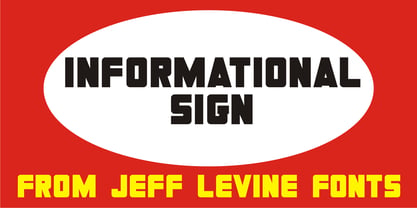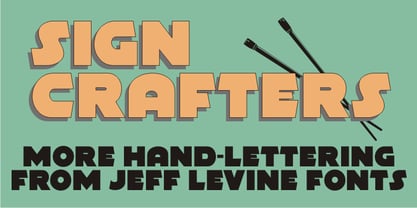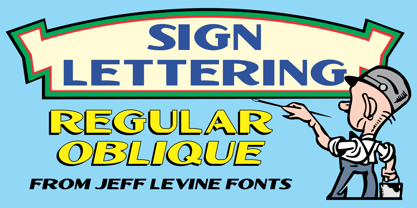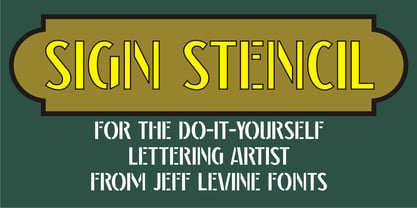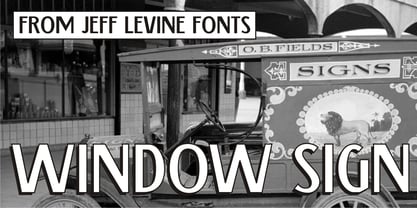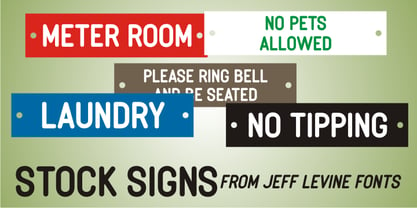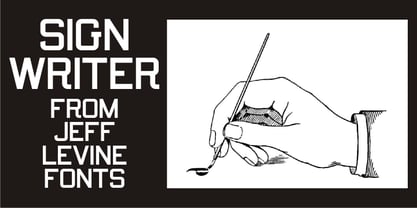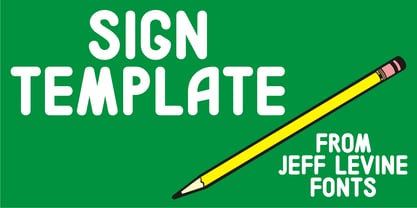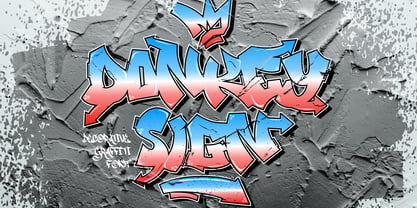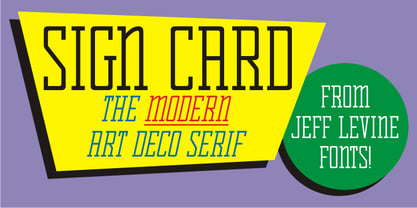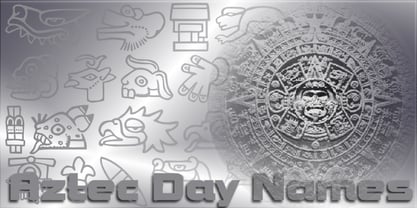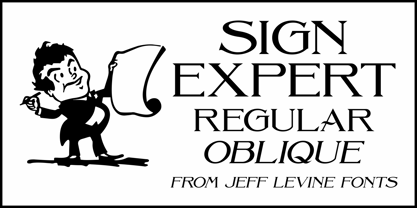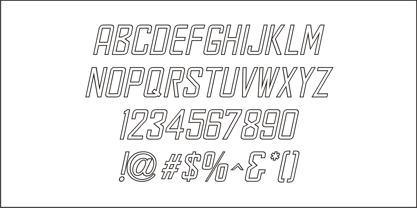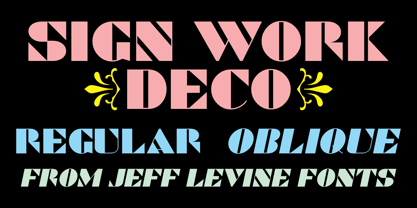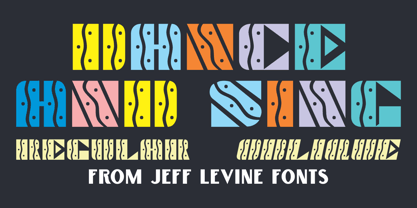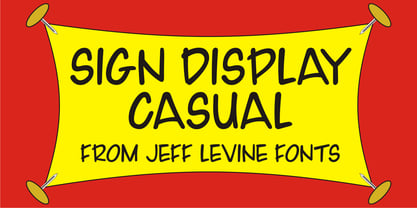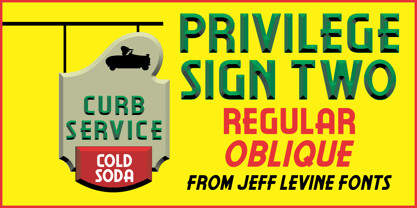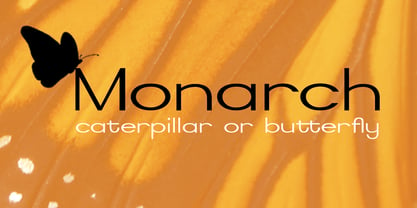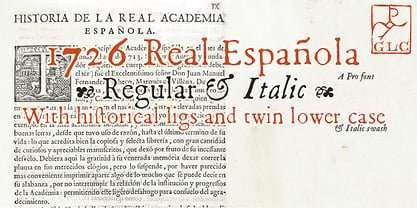4,373 search results
(0.036 seconds)
- Informational Sign JNL by Jeff Levine,
$29.00 - Sign Crafters JNL by Jeff Levine,
$29.00 - Sign Kit JNL by Jeff Levine,
$29.00 - Sign Painter JNL by Jeff Levine,
$29.00 - Sign Lettering JNL by Jeff Levine,
$29.00 - PIXymbols Highway Signs by Page Studio Graphics,
$139.00 - PIXymbols ADA Signs by Page Studio Graphics,
$40.00 - Sign Merchant JNL by Jeff Levine,
$29.00 - Sign Maker JNL by Jeff Levine,
$29.00 - Sign Stencil JNL by Jeff Levine,
$29.00 - Window Sign JNL by Jeff Levine,
$29.00 - Stock Signs JNL by Jeff Levine,
$29.00 - Sign Writer JNL by Jeff Levine,
$29.00 - Sign Production JNL by Jeff Levine,
$29.00 - Sign Decal JNL by Jeff Levine,
$29.00 - Sign Template JNL by Jeff Levine,
$29.00 - Donkey Sign Graffiti by Sipanji21,
$18.00 - Sign Card JNL by Jeff Levine,
$29.00 - Aztec Day Signs by Deniart Systems,
$15.00 - Big New Sign by Thaddeus Typographic Center,
$49.00 - Sign Expert JNL by Jeff Levine,
$29.00 - Sign Shop JNL by Jeff Levine,
$29.00 - Drogowskaz - 100% free
- KING ARTHUR - Personal use only
- KR Halloween Signs One - Unknown license
- KR Halloween Signs Two - Unknown license
- Signs Of Yesterday JNL by Jeff Levine,
$29.00 - Sign and Display JNL by Jeff Levine,
$29.00 - Sign And Poster JNL by Jeff Levine,
$29.00 - Sign Work Deco JNL by Jeff Levine,
$29.00 - Dance and Sing JNL by Jeff Levine,
$29.00 - Sign Display Casual JNL by Jeff Levine,
$29.00 - Sign Gothic Bold Condensed by BA Graphics,
$45.00 - Privilege Sign Two JNL by Jeff Levine,
$29.00 - Sign And Design JNL by Jeff Levine,
$29.00 - Monarch by Atlantic Fonts,
$26.00 - Zig Zag ML - Personal use only
- Showcard - Unknown license
- SirucaPictograms - 100% free
- 1726 Real Española by GLC,
$42.00
